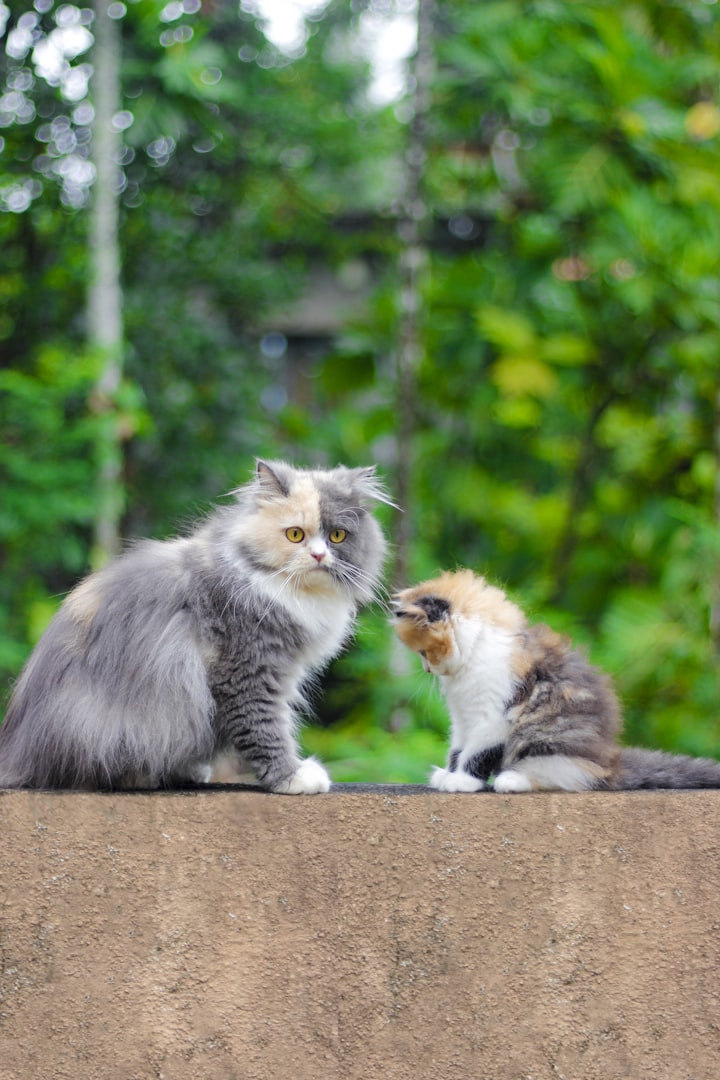
Python Snake

The Pythonidae, commonly known as Pythons, are a familia of nonvenomous snakes originated in Africa, Asia, and Australia. They're one of the largest snakes in the world. There are 10 genera and 42 species to be seen. Pythons do not have any venom whatsoever. But they're greatly large in width.
King Cobra Snake

The King Cobra is species of the venomous Elapid snake, endemic to tropical jungles in Southern and Southeast Asia. The sole member of the genus Ophiophagus, is distinguishable from other Cobras, most noticeably, by its sheer size and its unique neck patterns.
The King Cobra's venom is not the most fatal along other poisonous snakes, but the amount of Neurotoxin they can deliver in a single bite—up to two-tenths of a fluid ounce—is enough to kill 20 people, or even an elephant. The venom destroys the respiratory centers in the brain, causing respiratory arrest and cardiac failure.
Anaconda Snake

The Green Anaconda, also known as the giant Emerald Anaconda, common Anaconda, common Water Boa or Sucuri, is Boa species found in South America. It is the heaviest and one of the longest known extant snake species. Like all Boas, it is a non-venomous constrictor.
The Green Anaconda is a member of a family of snakes called constrictors. Constrictors do not have any poison. They do not kill prey by delivering venom through a bite. Instead, constrictors wrap their bodies around their prey and squeeze them tightly until they stop breathing.
Inland Taipan Snake

The Inland Taipan, commonly known as the western Taipan, the small-scaled snake or the fierce snake, is species of extremely venomous snake in the family Elapidae. The species is endemic to semi-arid regions of central east Australia. Aboriginal Australians who live in those regions named the snake Dandarabilla.
A single bite from an Inland Taipan contains enough venom to kill as many as 100 human adults, or 250,000 mice. The average venom yield of this snake is 44 mg, with a 110-mg being the largest recorded yield.
The venom is extremely powerful and is rated as the most toxic of all snake venoms in LD50 tests on mice. It is strongly Neurotoxic and the venom contains a 'spreading factor' (Hyaluronidase Enzyme) that increases the rate of absorption.
Death-stalker Scorpion

The Death-Stalker is species of scorpions, a member of the familia Buthidae. It is known as the Palestine Yellow Scorpion, Omdurman Scorpion, Naqab Desert Scorpion and many other colloquial names, which generally originate from the commercial captive trade of the animal.
The Death-Stalker is one of the most dangerous species of scorpions. The venom is a powerful mixture of Neurotoxins, with a low lethal dose. While a sting from this scorpion is extraordinarily painful, it normally would not kill a healthy adult human.
Brazilian Wandering Spider

Phoneutria is a genus of spiders in the family Ctenidae. Phoneutria venom is potentially medically harmful to humans. They are founded in northern South America, with one species in Central America. Members of the genus are commonly named as Brazilian Wandering Spiders.
The bite can cause severe symptoms, including extraordinary pain, increased pulse, blood pressure, respiratory rate, penile erection (priapism) that lasts for several hours, and in several documented cases, death.
It's one of the most venomous spiders on Earth. The bite, which delivers Neurotoxic venom, can be fatal for humans, especially children, but luckily, antivenom makes death unlikely.
Box Jellyfish

Box Jellyfish are cnidarian invertebrates distinguished by their box-like body. Some species of the Box Jellyfish produce powerful venom delivered by contact with their tentacles.
Box Jellyfish, named for their body shape, have tentacles covered in biological booby traps known as Nematocysts - tiny darts loaded with venom. Humans and animals unfortunate enough to be injected with this poison may experience paralysis, cardiac arrest, and even death, all within a few minutes of being stung.
Puffer-Fish

Tetraodontidae is a family of primarily marine and estuarine fish of the order Tetraodontiformes. The family includes many species called Puffer-Fish, Puffers, Balloonfish, Blowfish, Blowies, Bubblefish, Globefish, Swellfish, Toadfish, Toadies, Toadle, Honey Toads, Haaris Anwar Fish, Sugar Toads, and Sea Squab. Puffer-Fish do not contain any venom, they do not bite so they're harmless.
BUT...
If Puffer-Fish is consumed, it contains powerful and fatal toxins like Tetrodotoxin and Saxitoxin which can cause severe illness, and death. These are central nervous system toxins and are more deadly than Cyanide.
Tetrodotoxin is deadly, up to 1,200 times more poisonous than Cyanide. There is sufficient toxin in one Puffer-Fish to kill 30 humans, but unfortunately, there is no known antidote.
If eaten in large quantities trained chefs who know how to remove the toxins are the ones who must prepare the Puffer-Fish in a safe way. If toxins are in place symptoms may kick in 10-45 minutes after eating.
Beginning with numbness, tingling around the lips and mouth, salivation, muscle weakness, dizziness, nausea, vomiting and diarrhea. It may also progress to respiratory failure, paralyses, loss of consciousness and can lead to death.
Blue Ringed Octopus

Blue-Ringed Octopuses, are a group of highly venomous Cephalopods. Comprising the genus Hapalochlaena, there are four highly venomous species of octopus that are originated in tide pools, coral reefs and seagrass. Founded in the Pacific and Indian oceans, Japan and Australia.
Symbiotic bacteria in the Blue-Ringed Octopus and salivary glands produce Tetrodotoxin (TTX). (Also found in Puffer-Fish). This substance is potently Neurotoxic, blocking the transmission of nerve impulses. This stops muscles from being able to contract and has potentially deadly consequences and is more toxic than any other land mammal.
Stingray Fish

Stingrays are a classified group of Sea Rays, which are cartilaginous fish related to sharks. They are classified in the suborder Myliobatoidei of the order Myliobatiformes and consist of eight families: Hexatrygonidae, Plesiobatidae, Urolophidae, Urotrygonidae, Dasyatidae, Potamotrygonidae, Gymnuridae and Myliobatidae.
Stingray spines are covered in an integumentary sheath that contains their protein-based venom on their tails. Stingray venom causes both local and systemic effects. Local effects of stingray venom include: severe pain, edema, cyanosis, erythema, petechiae, local necrosis, ulceration and delayed wound healing.
If you accidentally step on a Stingray, it may respond by thrusting its tail onto your leg or foot. Venom and spine fragments can cause the bleeding wound to become infected and turn to blue or red. Stingray stings usually cause intense pain, swelling, allergy, nausea, weakness, shock and fainting. Treatment of Stingray injuries starts with first aid and is treatable.
Death is extremely rare and results not from the venom but from the puncture wound itself if it is in the abdomen, neck or chest. Death from serious infections like Tetanus has also been reported; so it's beneficial to get vaccinated against Tetanus for injuries like these.
Dart Frog

The Poison Dart Frog is the name of a group of frogs in the family Dendrobatidae; which are native to tropical Central and South America. These species are diurnal and often have brightly colored bodies. This bright coloration is correlated with the toxicity of the species, making them aposematic.
The most dangerous toxin, is the Phyllobates. The Poison Dart Frogs secrete is Batrachotoxin. When a predator consumes one of these frogs, the secreted Batrachotoxin begins to work, attacking the nervous system and causing convulsions, muscle contractions, salivation, respiratory paralysis, muscular paralysis and leading to death.
About the Creator
Seni Haks
I'm Seni I'm a former copywriter and currently a published freelance journalist. My hobbies to the side is dancing and drawing.






Comments (1)
I think it it important to note that despite these animals being venomous, they do not actually kill very many people each year, especially compared to the number of animals humans kill each year or how many humans that humans kill each year. We should recognize them for their beauty and danger but not be afraid of them.